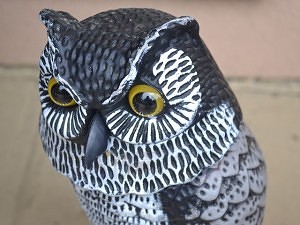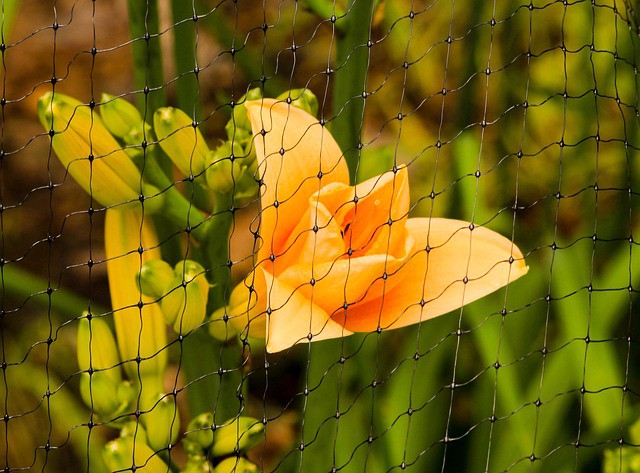Deter birds from nesting on your property the easy way. People are finding that preventing birds from building their nests is a better way to deter birds from properties. If they learn not to even start building nests on your home or property, chances are there is a higher chance they won’t come back all season. Here are some tips on how to prevent birds from roosting and nesting on or around your property. If you’re looking for top tips on how to stop birds from nesting, you’re in the right spot.
What is Bird Roosting and Nesting?
Birds come and go as lords of the sky but when they land they tend to search for a place to call home. Nests provide a safe place for eggs and young birds to develop. Not all birds nest and the ones that do will abandon their nests once their young are ready to go out on their own. Roosting is the practice of some bird species to keep a place to sleep at night, generally some place high and away from predators, like barn rafters.
RELATED: How to Repel Non-Migratory Birds
Scare Tactics for Bird Removal
One quick way to prevent birds from roosting and nesting is to use scare tactics to make wild birds aware that the area is not welcomed. Scare tactics include:
- Plastic Predators – One of the things birds use a
 roost for is to keep an eye out for predators. You can install a plastic owl or coyote to scare birds away from a certain area. Plastic predators need to be moved frequently to avoid birds realizing they’re not real.
roost for is to keep an eye out for predators. You can install a plastic owl or coyote to scare birds away from a certain area. Plastic predators need to be moved frequently to avoid birds realizing they’re not real. - Noise Machines – Noise machines that project bird distress calls or predatory noises can help create an uncomfortable living condition for birds but make sure that your neighbors are ok with this as well or that the setting is low enough not to disturb them.
Create a Physical Bird Barrier
Creating a physical barrier is an easy way to prevent birds from roosting and nesting in specific areas or to keep them off of building roofs and ledges. Types of physical barriers include:
- Bird Spikes – Best used on building ledges and other flat surfaces, the spikes will deter larger birds from roosting or building nests. Bird spikes do require cleaning once in awhile as falling debris can begin to collect in between them.
- Bird Netting – Using a bird netting can keep specific areas, such as a garden, off limits to birds. Netting can also help to keep other pesky critters out as well.
- Bird Wire – Bird wire works similar to netting by utilizing a series of poles to run a wire along a ledge. The poles vary in height and once the wire is run, it creates an uneven landing place for the birds which helps train them to stay away.
SEE: Pigeon Problem? Try These Helpful Tips
Prevent Roosting and Nesting with Avian Enterprise!
The experts at Avian Enterprises have developed long-lasting liquid bird repellents that work. Avian Control is a non-toxic liquid bird repellent that is suitable for use around humans, pets and gardens while showing lasting results, fast. Have questions? Check out our FAQ page for some quick answers or contact us to give us a call.

